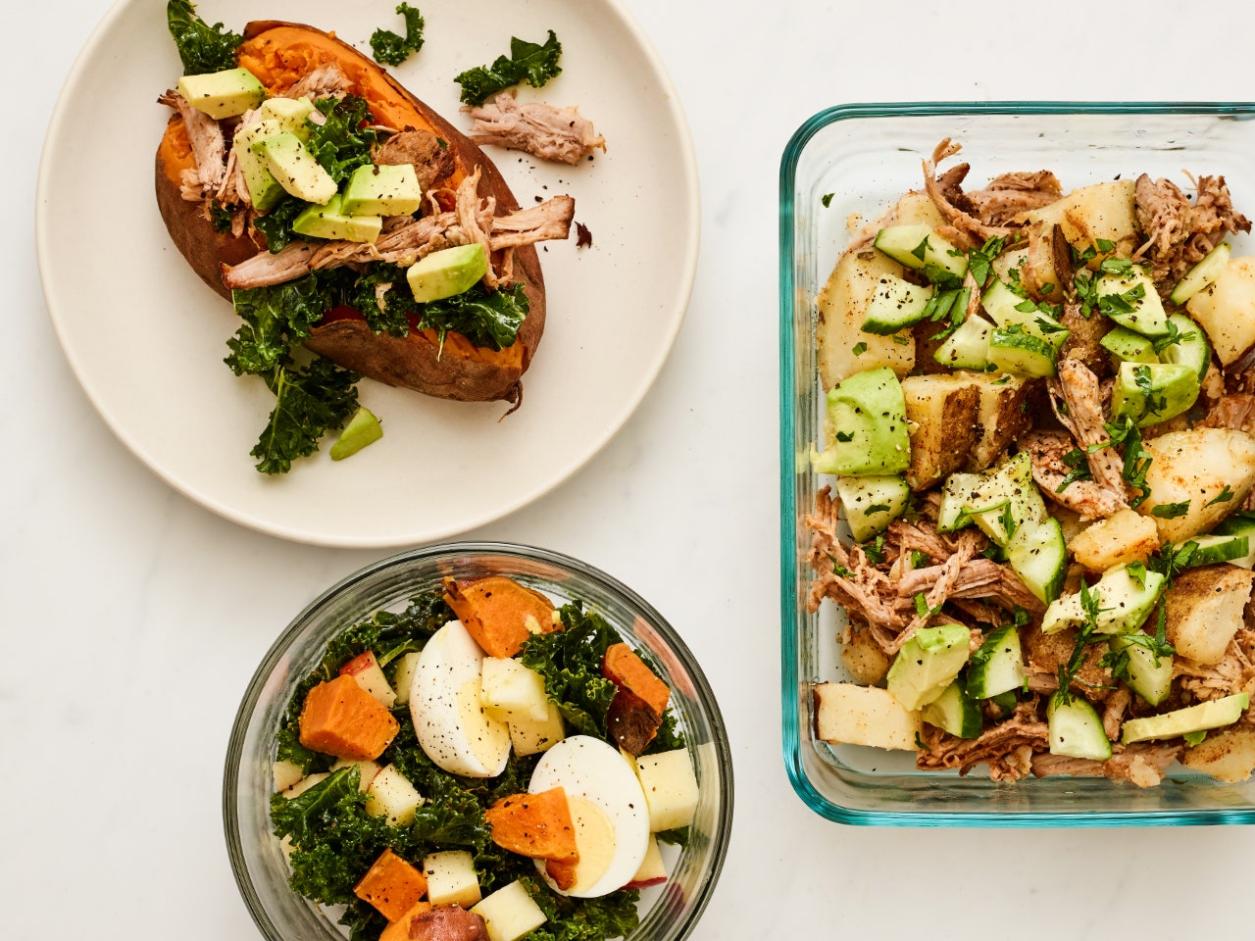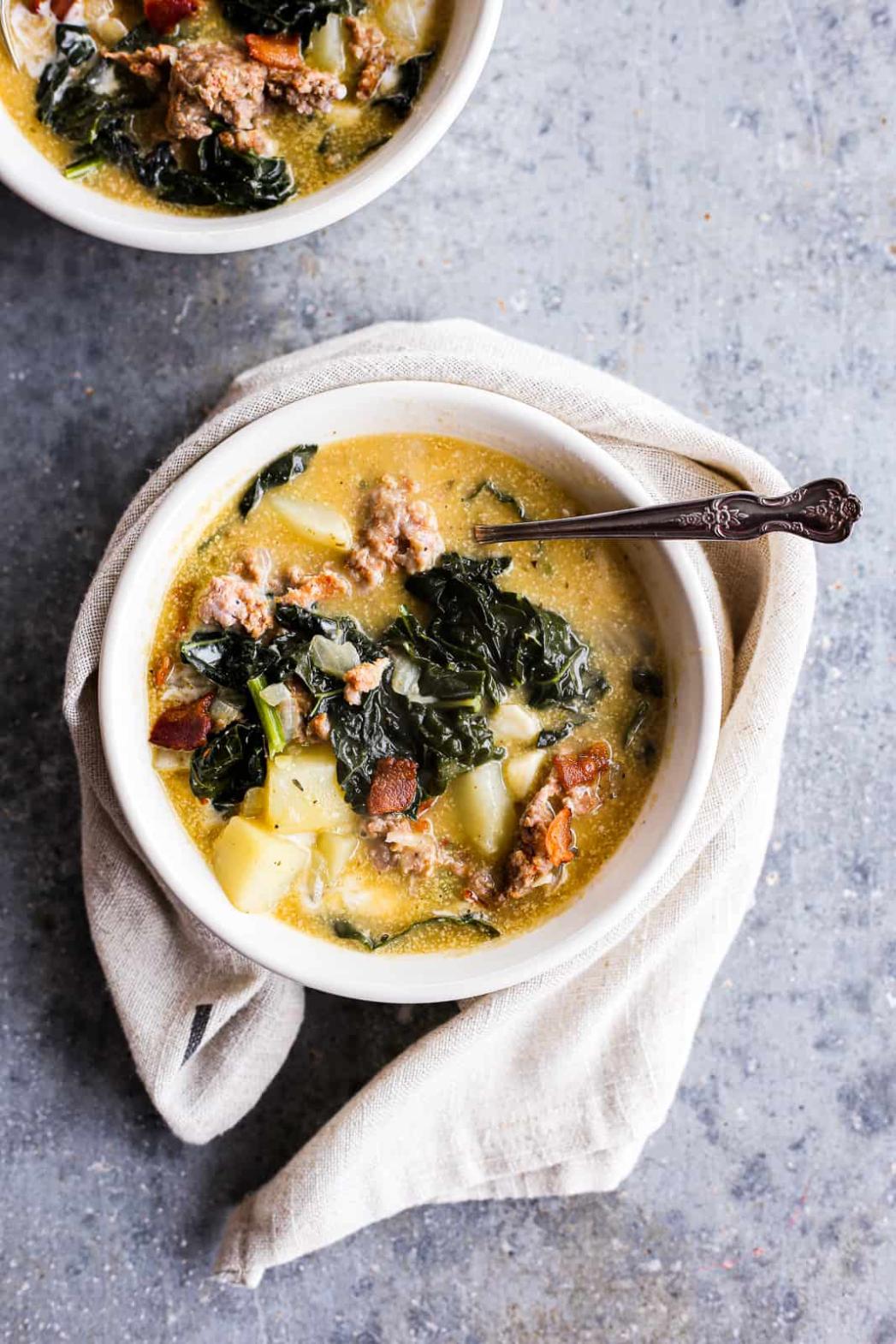What are Some Tips for Making Whole30 Recipes More Flavorful?
Embark on a culinary adventure as we delve into the art of crafting flavorful Whole30 recipes. The Whole30 diet, a 30-day nutritional reset, emphasizes the consumption of whole, unprocessed foods while eliminating certain food groups, including added sugar, grains, legumes, and dairy. While this dietary approach promotes overall well-being, it can sometimes present a challenge in creating dishes that are both nutritious and delectable.

Understanding The Whole30 Flavor Profile
The key to creating flavorful Whole30 recipes lies in understanding the unique flavor profile of this dietary approach. Whole30-approved ingredients often possess distinct flavors that, when combined skillfully, can produce a symphony of taste. However, certain ingredients commonly used to enhance flavor, such as refined sugar and processed sauces, are off-limits during the Whole30 program.
- Key Ingredients to Avoid: Refined sugar, artificial sweeteners, processed sauces, MSG, and certain oils (such as canola and sunflower oil).
- Approved Flavorful Ingredients: Fresh herbs, spices, citrus fruits, vinegar, fermented foods, mushrooms, seaweed, bone broth, coconut aminos, nutritional yeast, and miso paste.
Practical Tips For Adding Flavor To Whole30 Recipes
With a clear understanding of the Whole30 flavor profile, let's explore practical tips for infusing your recipes with tantalizing flavors:
- Utilize Herbs and Spices: Experiment with a wide variety of herbs and spices to create complex flavor profiles. Whole spices can be toasted to release their full aroma before grinding.
- Incorporate Fresh or Dried Herbs: Fresh herbs impart a vibrant flavor, while dried herbs offer a more concentrated taste. Use them in marinades, sauces, and rubs.
- Add Acidic Ingredients: Citrus fruits, vinegar, and fermented foods introduce a tangy brightness that balances out other flavors.
- Enhance Flavor with Umami-Rich Ingredients: Mushrooms, seaweed, bone broth, coconut aminos, nutritional yeast, and miso paste add a savory depth to dishes.
- Create Flavorful Marinades and Sauces: Combine herbs, spices, and acidic ingredients to create flavorful marinades and sauces that tenderize meats and vegetables.
- Utilize Whole30-Approved Sweeteners: Use natural sweeteners like honey, maple syrup, or coconut sugar in moderation to add a touch of sweetness.
- Experiment with Different Cooking Techniques: Explore various cooking methods such as roasting, grilling, and sautéing to bring out different flavor dimensions.
Additional Tips For Enhancing Whole30 Recipes

Beyond the specific ingredients and techniques mentioned above, consider these additional tips for elevating the flavor of your Whole30 creations:
- Use Fresh, High-Quality Ingredients: The quality of your ingredients directly impacts the flavor of your dishes. Opt for fresh, organic produce and high-quality proteins.
- Cook Vegetables Properly: Avoid overcooking vegetables, as this can result in a loss of nutrients and flavor. Steam, roast, or sauté vegetables to retain their vibrant colors and flavors.
- Avoid Overcrowding Pans: When cooking meats or vegetables, avoid overcrowding the pan. This prevents even cooking and can result in steamed rather than seared or roasted flavors.
- Experiment with Different Cooking Methods: Try different cooking methods to discover new flavor combinations. For example, roasting vegetables brings out their natural sweetness, while grilling imparts a smoky flavor.
- Add Texture and Color: Incorporate a variety of textures and colors into your dishes to create visual and textural interest. Use nuts, seeds, fresh herbs, and colorful vegetables to enhance the overall appeal of your meals.
Recap Of Key Points
In summary, crafting flavorful Whole30 recipes requires a keen understanding of the unique flavor profile of this dietary approach. By utilizing herbs, spices, acidic ingredients, and umami-rich ingredients, you can create dishes that are both nutritious and delectable. Additionally, using fresh, high-quality ingredients, cooking vegetables properly, avoiding overcrowding pans, experimenting with different cooking methods, and adding texture and color will further elevate the flavor of your Whole30 creations.
Call To Action

Embark on a culinary journey and experiment with the tips and techniques discussed in this article. Share your favorite Whole30 recipes and flavor-enhancing discoveries with the community. Continue exploring the vast array of Whole30-friendly ingredients and cooking techniques to create flavorful and satisfying meals that nourish your body and delight your taste buds.
YesNo

Leave a Reply